- Jan 6, 2018
- 13,620
 EXERCISE IRON DIPLOMAT
EXERCISE IRON DIPLOMATSecurity Classification: TOP SECRETSITUATION REPORT
| Location Hereford Training Grounds, UK. Duration 4 days BELLIGERENTS
ORDER OF BATTLE
CAMPAIGN REGISTER
|
 EXERCISE IRON DIPLOMAT
EXERCISE IRON DIPLOMAT| Location Hereford Training Grounds, UK. Duration 4 days BELLIGERENTS
ORDER OF BATTLE
CAMPAIGN REGISTER
|
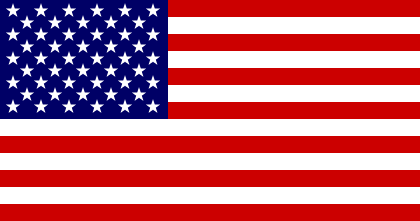
|
EXERCISE IRON DIPLOMAT |
TOP SECRET |
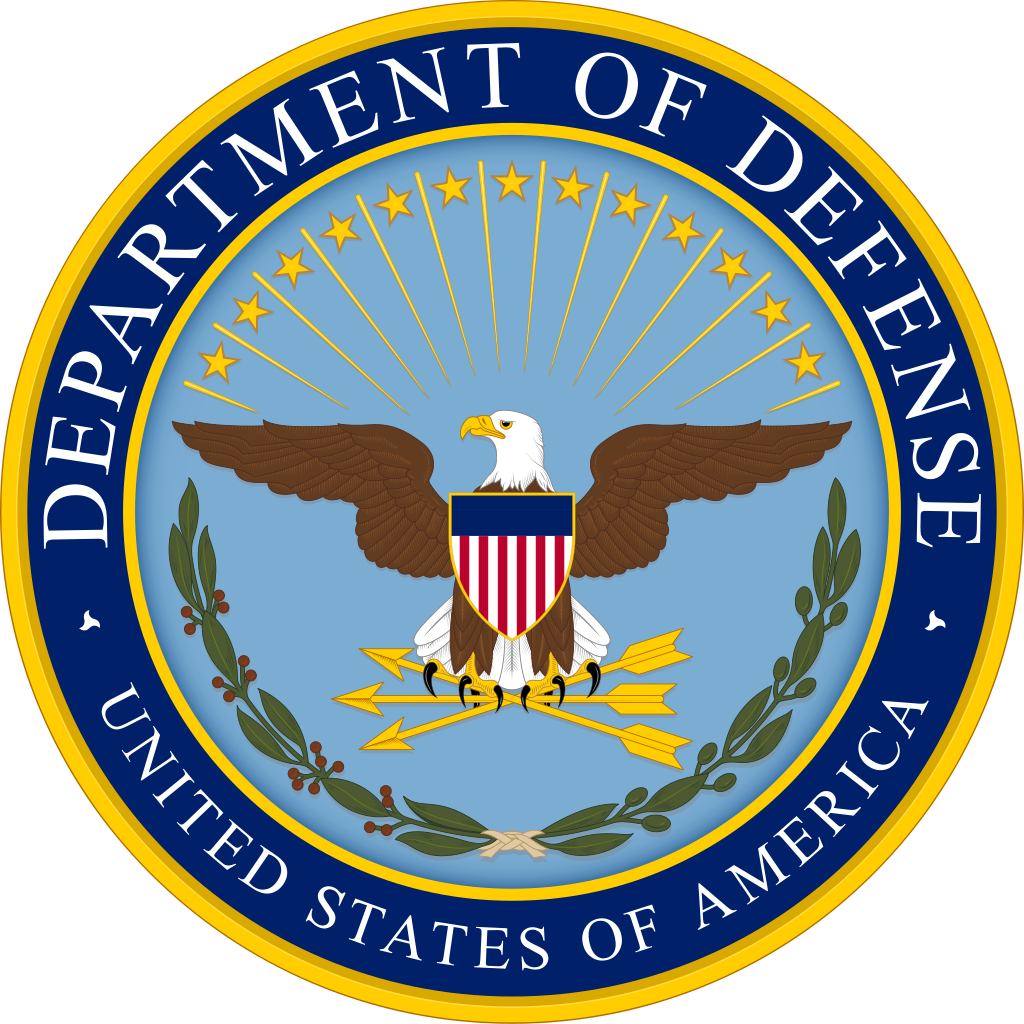
| 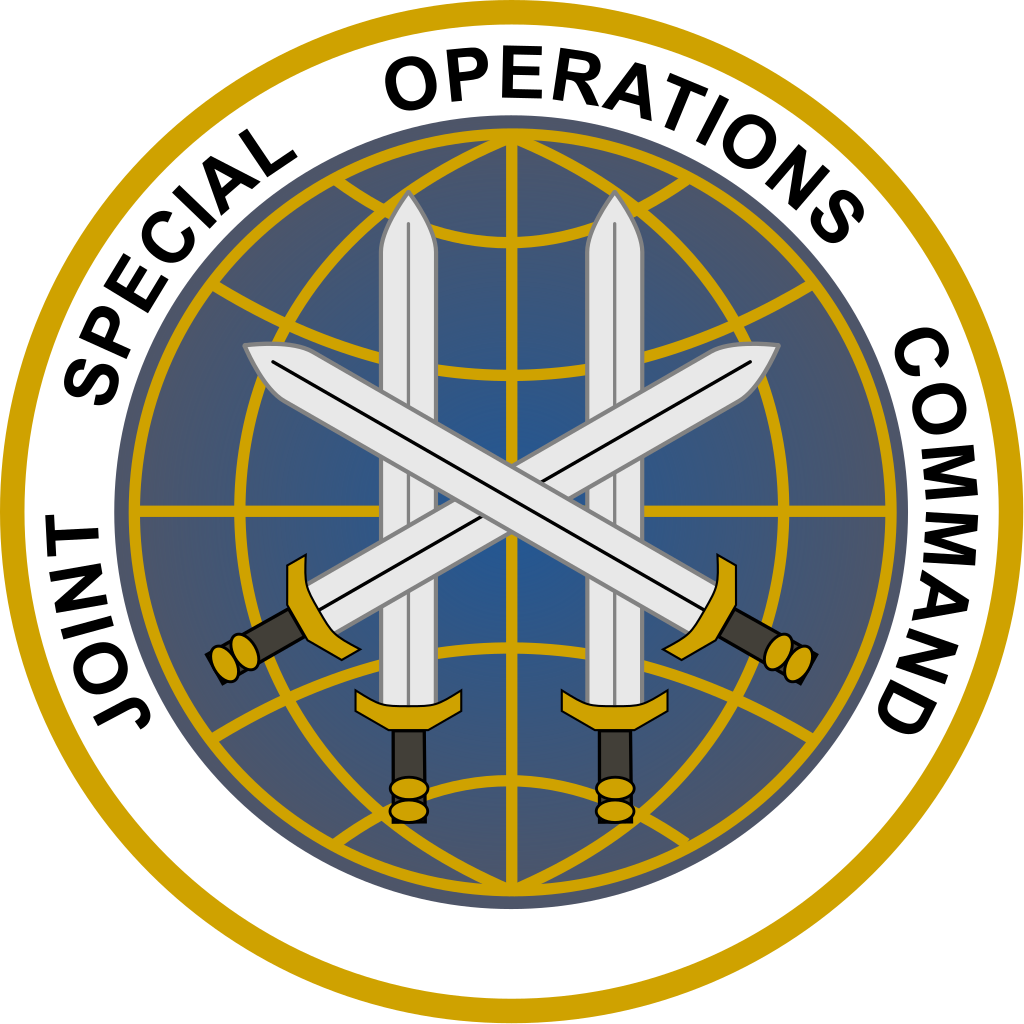
JSOC DEPLOYMENT | 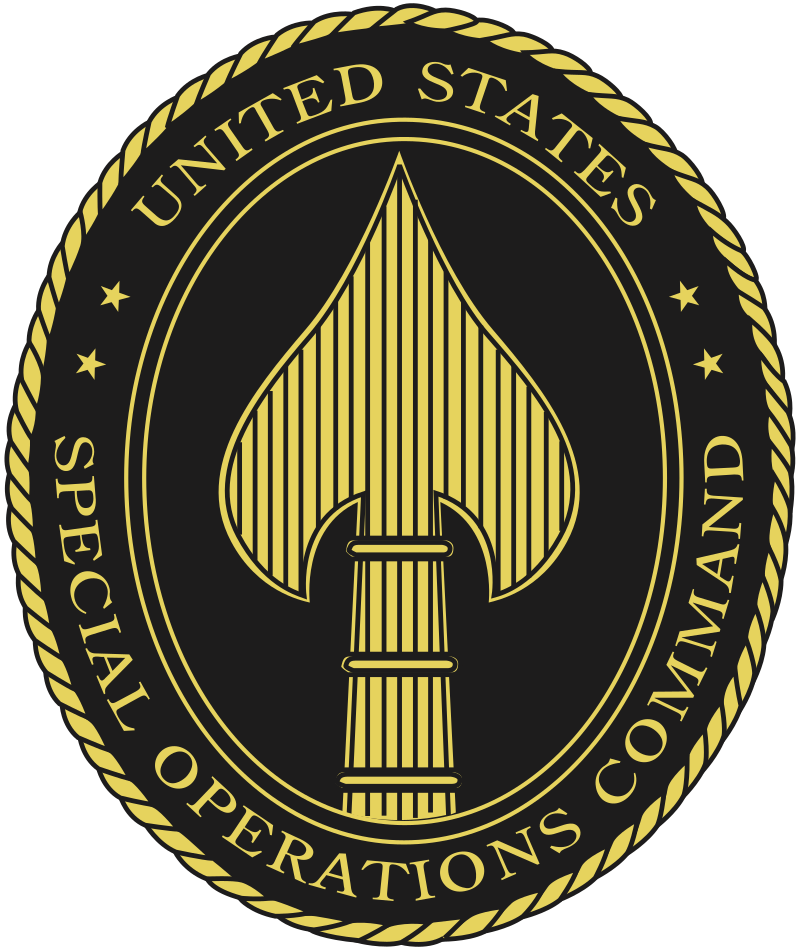
|
|

| SQUADRON | TROOP | PERSONNEL | GARRISON |
| Silver Squadron | Juliett Troop | 16 Special Warfare Operators | Naval Air Station Oceana, Virginia |
| Silver Squadron | Kilo Troop | 14 Special Warfare Operators | Naval Air Station Oceana, Virginia |
| Green Squadron | Tango Troop | 25 Training Specialists | Naval Air Station Oceana, Virginia |
| Green Squadron | Uniform Troop | 25 Training Specialists | Naval Air Station Oceana, Virginia |
| Gray Squadron | Quebec-Alpha Troop | 24 Air Mobility Crew | Naval Air Station Oceana, Virginia |

| 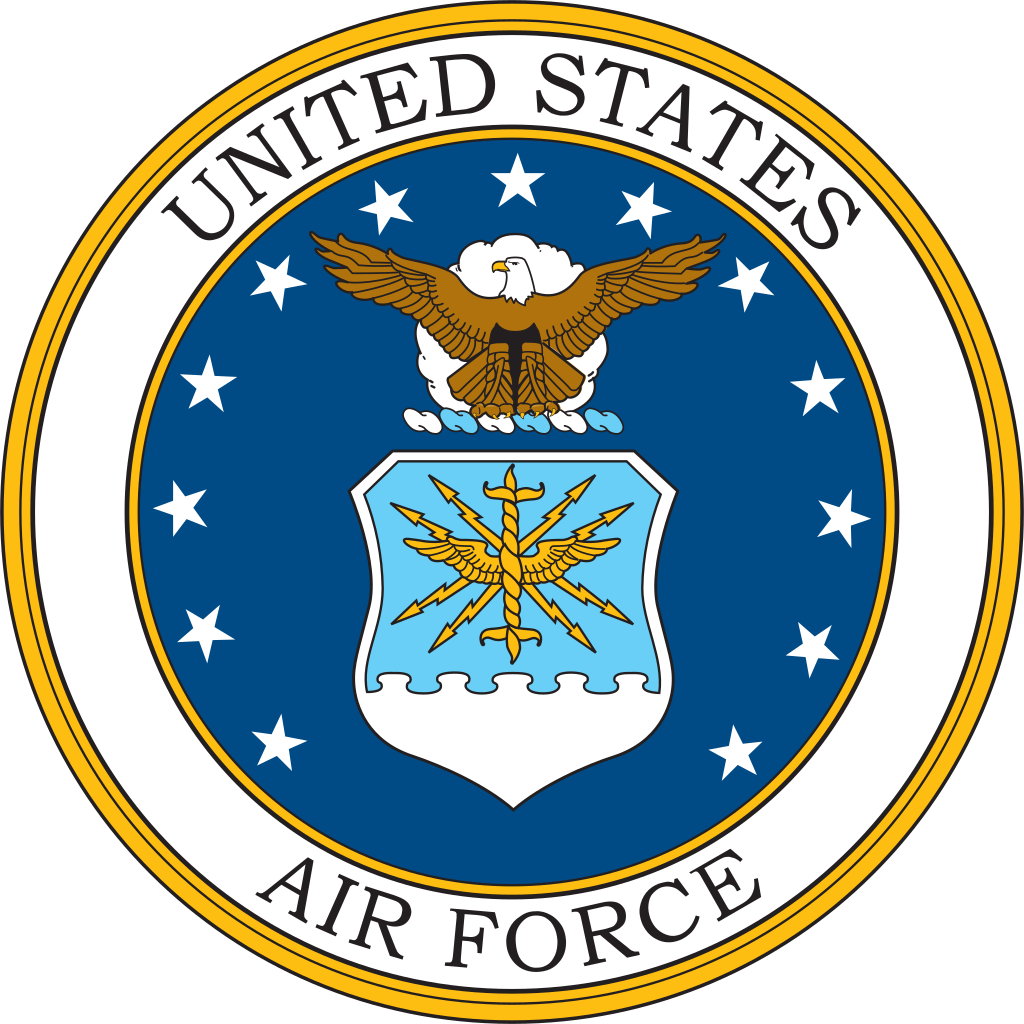
AIR FORCE DEPLOYMENT | 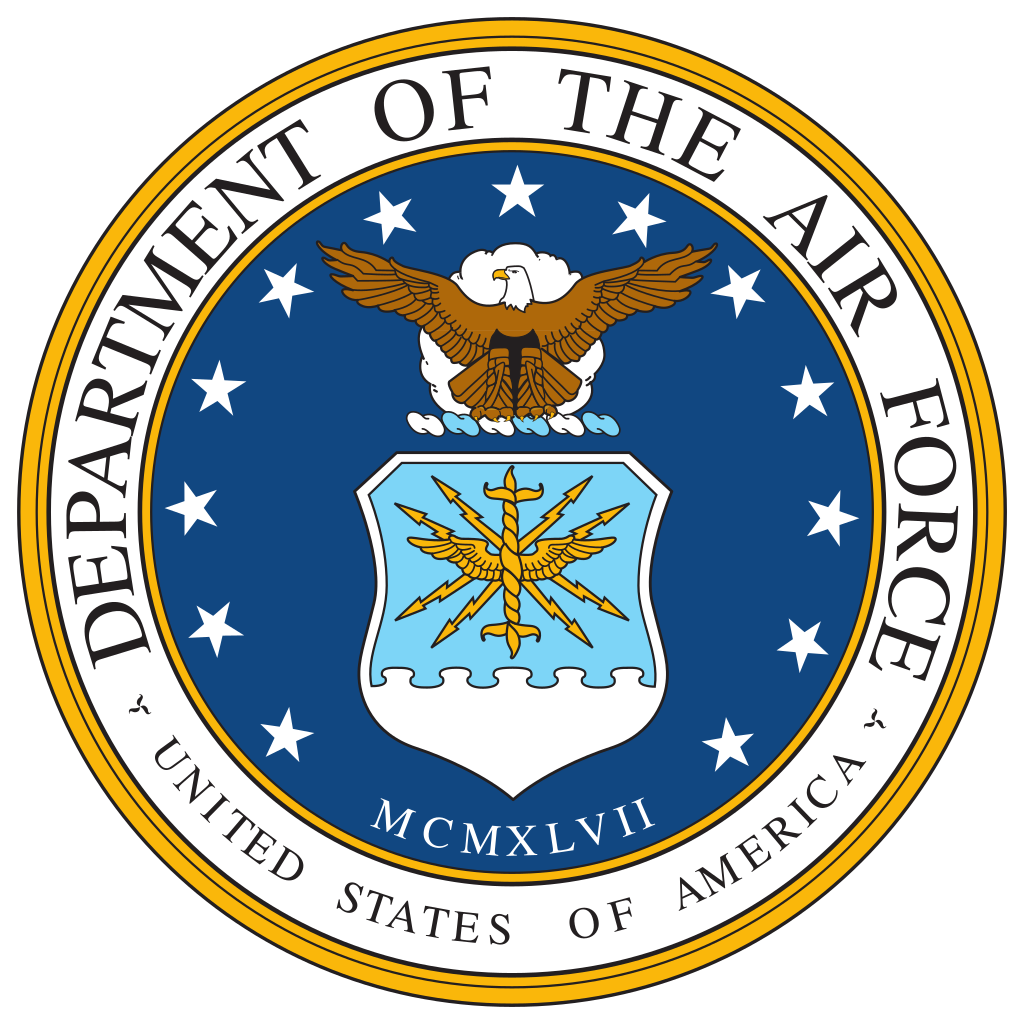
|
|
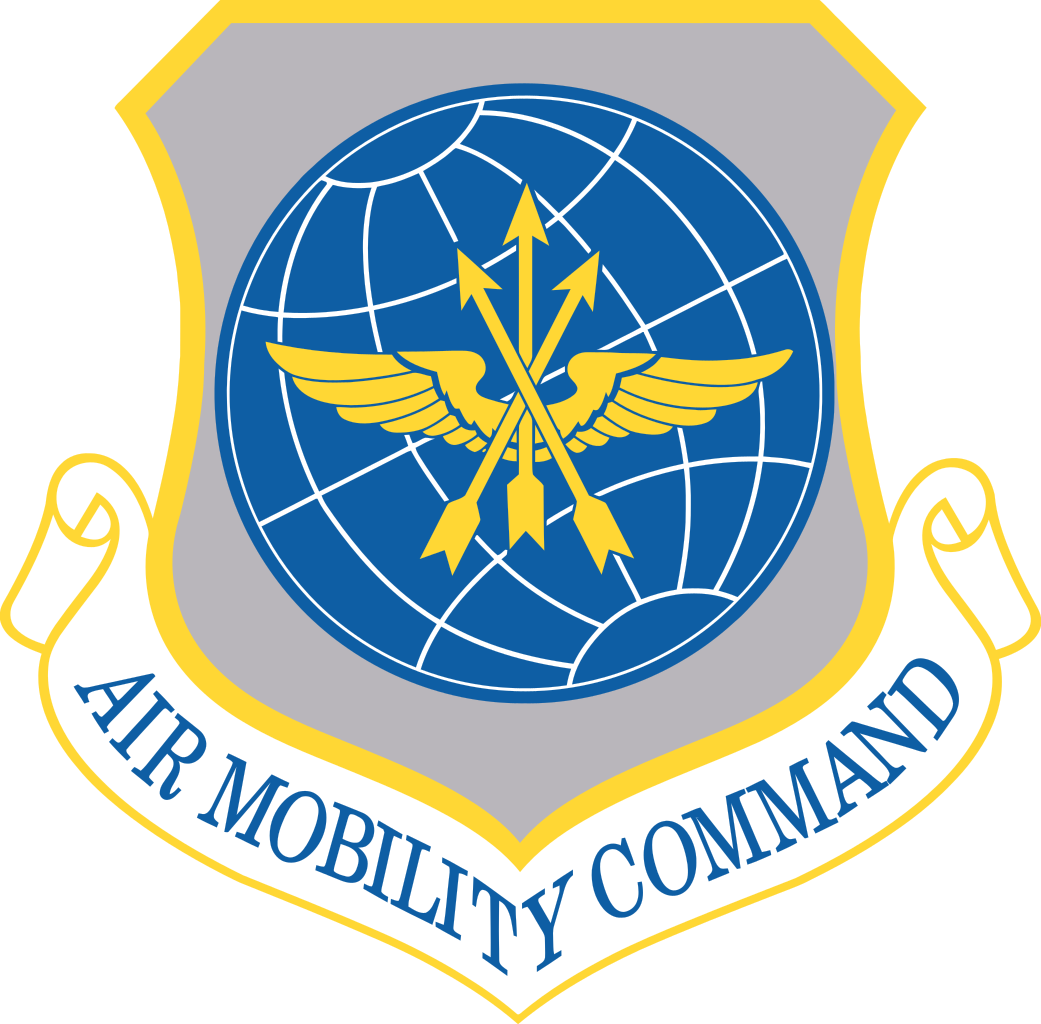
| Unit | Airbase | Aircraft | Cabin Crew Each |
| 100th Air Mobility Squadron | Dover AFB, Delaware | x2 C-5B | 7 |
| 102nd Air Mobility Squadron | Wright-Patterson AFB, Ohio | x1 C-40 Clipper | 6 |
|
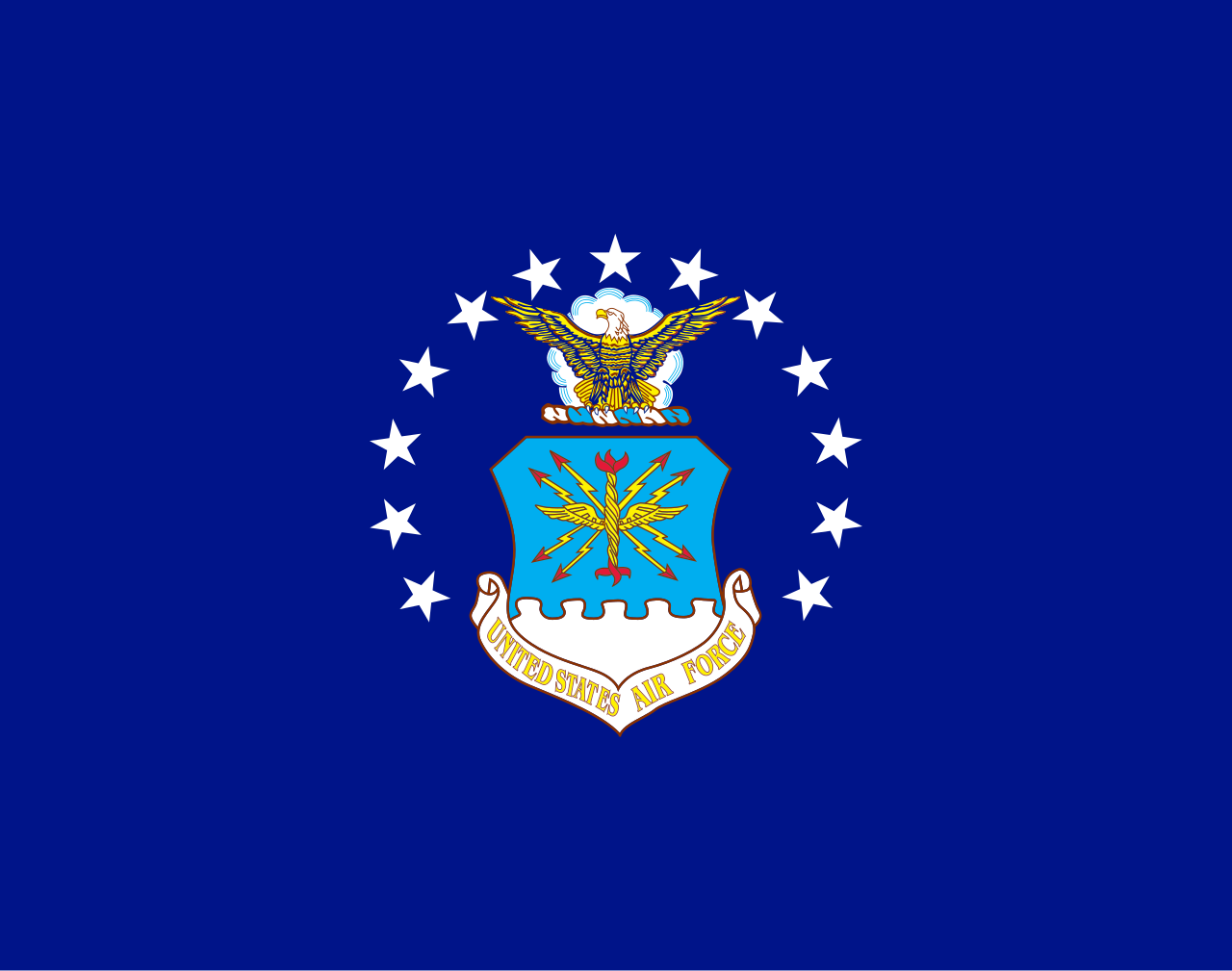
| 
DEPLOYMENT ORDERS | 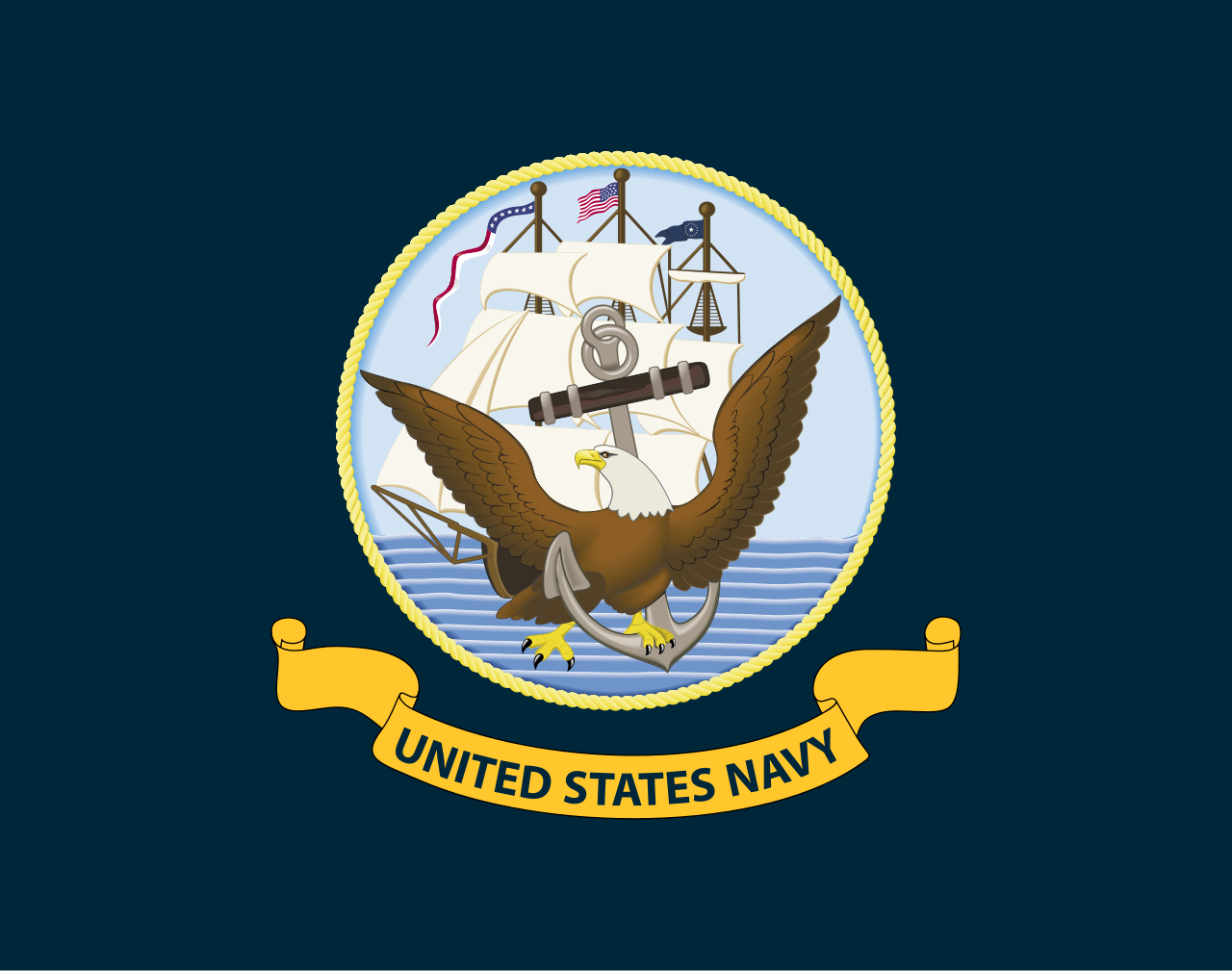
|
|
|
|

| 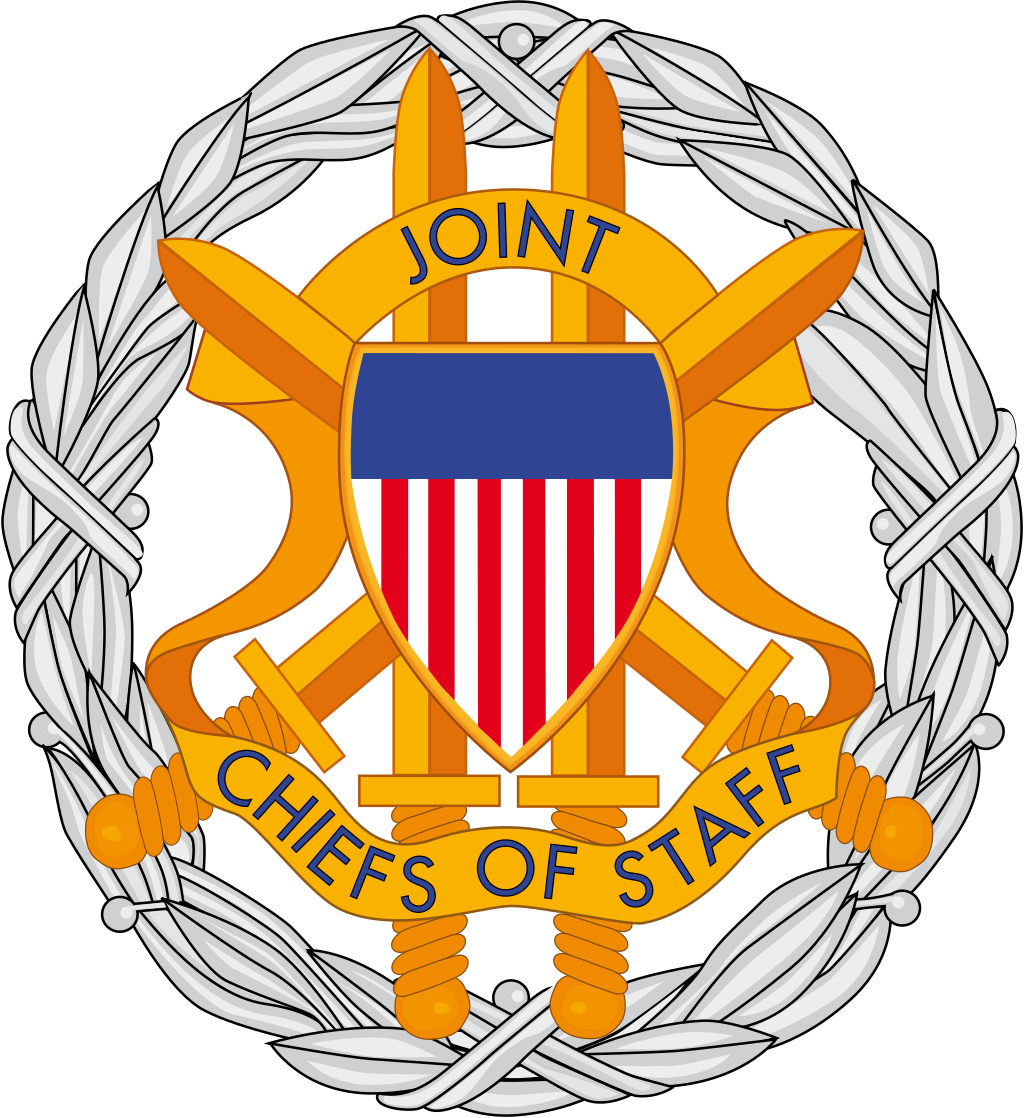
| 
|
NATIONAL MILITARY COMMAND CENTER |
ENCRYPTED MESSAGE |


